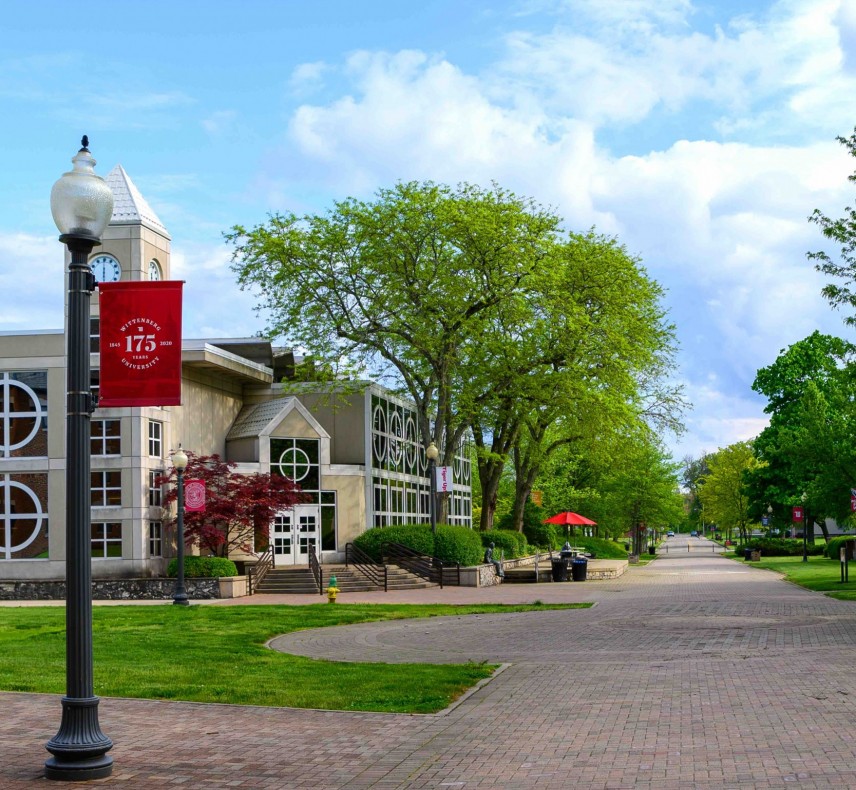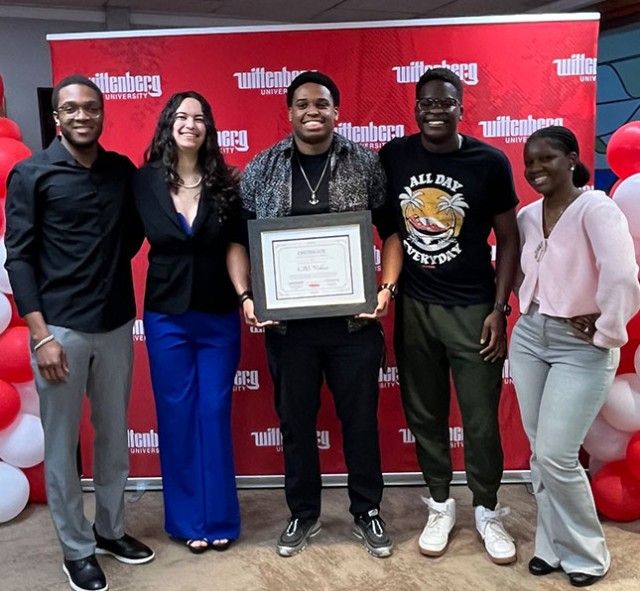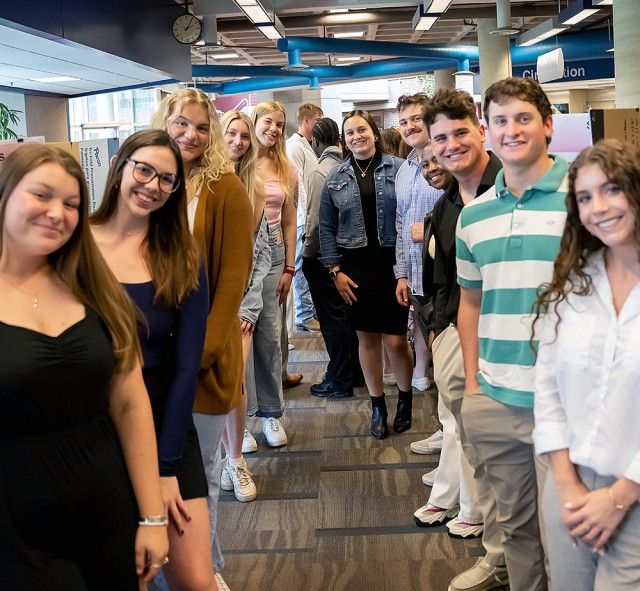Wittenberg University will resume in-person classes on Monday, Aug. 17, a week earlier than the originally scheduled date of Aug. 24, University President Michael L. Frandsen has announced. There will be no Fall Break, and on-campus instruction for fall semester will end November 24, two days before Thanksgiving. The semester will conclude with remote instruction and assessment after the Thanksgiving holiday.
“After examining multiple scenarios, we determined that shifting our academic calendar to begin and end earlier was in the best interest of our students, faculty, and staff, and their continued health and wellbeing,” Frandsen said. “Community is central to the experience we offer, but bringing our campus back together safely must be our top priority.”
Since early May, an 18-member Health and Safety Working Group (HSWG), led by Casey Gill, vice president for student development and dean of students, and Gary Williams, vice president and director of athletics and recreation, has been convening to research and examine best practices for resuming in-person operations. In partnership with Wittenberg alumni physicians, local health experts, and representatives from various campus divisions, the HSWG recently finalized its Phase I set of recommendations. As the University transitions to Phase II, guidance from the Centers for Disease Control and Prevention, the Ohio Governor's Office, and the Clark County Combined Health District will continue to inform actions and activities.
“Wittenberg is committed to fostering a spirit of respect in all its community members, so as we move forward with fall planning amid the pandemic, we are doing so as “WITT: We’re In This Together,” Gill said, adding that “our efforts will only be successful if we all remain diligent in helping to prevent exposure to COVID-19.”
Faculty, staff, and a few students have started returning to work on-campus and are following new shared community expectations under Phase I. At this time, all those working on campus are required to take their temperature daily, wear face coverings in communal areas, maintain social distancing, and wash hands routinely. The HSWG is also asking all employees to keep their work stations clean and sanitized. Housing adjustments to accommodate more single-room requests, reconfigured offices and classrooms to meet social distancing standards, new dining hall protocols, and recently announced new guidelines for entry and use of select Health, Wellness & Athletics facilities are also underway. In addition, all campus guests are expected to complete the University’s new health questionnaire, which can be found on the WITT: We’re In This Together website, along with other updates and campus resources.

As for the adjusted academic calendar, Provost Michelle Mattson has been working with faculty leadership to keep disruptions in teaching and learning to a minimum, including forgoing the traditional Fall Break to accommodate the earlier opening/ending dates for classes. While Wittenberg hopes to offer as many in-person classes as possible, the University is also examining hybrid options.
“We will need to be open to providing in-person and online learning using both synchronous and asynchronous delivery capabilities,” Mattson said. “I applaud the faculty for recognizing and supporting the need for such hybrid models as we look ahead to fall, and for the flexibility of our entire community during this time.”
With regard to the incoming class, Wittenberg is committed to making its traditional Welcome Week a safe one for students and families. At present, the Office of Student Development is planning to apply a staggered move-in/orientation approach, more about which will be announced by July 1.
Starting last week, the HSWG transitioned to a new COVID Response Team to begin Phase II implementation plans. The Office of Admission and the Office of Athletics & Recreation also welcomed their first groups of visitors on Monday, all of whom must abide by the new Phase I community expectations.
To assist the campus community, the University will provide students, faculty, and staff with face coverings, as well as ongoing information on how best to sustain healthy practices, including proper handwashing, the limited use of indoor spaces, the control of traffic flow patterns in and around all buildings, classroom COVID rules, and teleworking and learning. New temporary signage will also begin to be posted to help enforce current community expectations.
To learn more, please click here.







